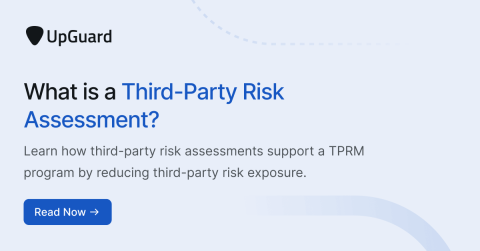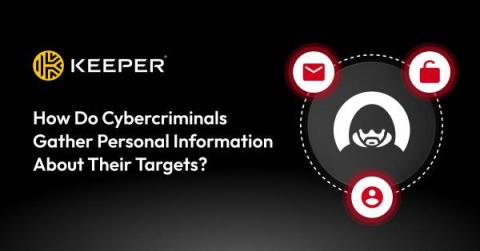What is a Third-Party Risk Assessment in Cybersecurity?
A third-party risk assessment pulls risk vendor risk data to help cybersecurity teams understand how to best mitigate supplier risks. Though the field of Third-Party Risk Management (TPRM) is evolving to prioritize compliance, security, and supply chain risk, third-party risk assessments could also be used to uncover an organization’s exposure to financial, operational, and reputational risks stemming from its third-party network. Learn how UpGuard streamlines Third-Party Risk Management >











